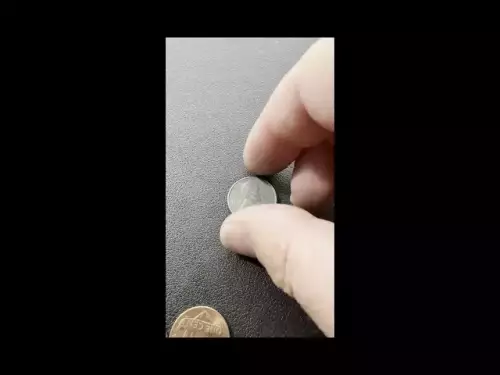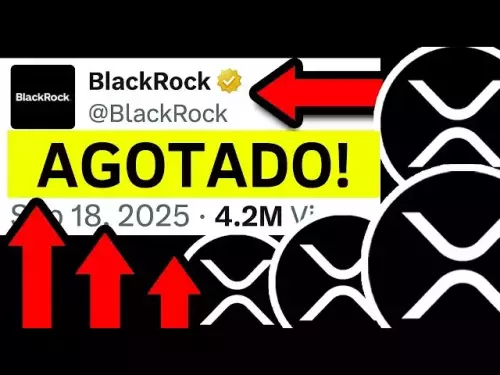-
 bitcoin
bitcoin $115761.354377 USD
-1.37% -
 ethereum
ethereum $4475.268687 USD
-2.95% -
 xrp
xrp $2.997758 USD
-2.97% -
 tether
tether $1.000517 USD
0.02% -
 bnb
bnb $986.306400 USD
-0.03% -
 solana
solana $239.777963 USD
-3.17% -
 usd-coin
usd-coin $0.999885 USD
0.01% -
 dogecoin
dogecoin $0.266431 USD
-5.31% -
 tron
tron $0.344054 USD
-2.27% -
 cardano
cardano $0.895891 USD
-3.84% -
 hyperliquid
hyperliquid $56.136248 USD
-3.59% -
 chainlink
chainlink $23.595739 USD
-4.88% -
 avalanche
avalanche $33.902799 USD
-4.84% -
 ethena-usde
ethena-usde $1.001134 USD
0.02% -
 sui
sui $3.673881 USD
-5.41%
How to Build Smart Contracts That Use Chainlink Oracles?
Chainlink provides a valuable tool for developers, allowing them to integrate real-world data into their smart contracts, thus creating intelligent and responsive applications.
Nov 12, 2024 at 03:22 pm

How to Build Smart Contracts That Use Chainlink Oracles: A Comprehensive Guide
Chainlink is a decentralized oracle network that provides smart contracts with access to secure and reliable real-world data. By integrating Chainlink oracles into smart contracts, developers can create more powerful and versatile applications that can interact with and react to the real world.
This comprehensive guide will walk you through the process of building smart contracts that use Chainlink oracles. We will cover everything from setting up your development environment to deploying your contract on the blockchain.
Step 1: Set Up Your Development Environment
To get started, you will need to set up your development environment. This includes installing a blockchain development framework, such as Truffle or Hardhat, and a Node.js package manager, such as npm or yarn.
Once you have installed the necessary software, you can create a new project directory and initialize a new Truffle project.
Step 2: Install the Chainlink Client Library
Next, you will need to install the Chainlink client library. This library provides a set of tools and APIs that you can use to interact with Chainlink oracles.
To install the Chainlink client library, run the following command:
npm install @chainlink/contractsStep 3: Create a Smart Contract
Now, you can create a smart contract that uses Chainlink oracles. In this example, we will create a simple smart contract that fetches the current price of ETH/USD from a Chainlink oracle.
// SPDX-License-Identifier: MIT
pragma solidity >=0.7.0 <0.9.0;
import "@chainlink/contracts/src/v0.8/interfaces/AggregatorV3Interface.sol";
contract EthUsdPriceConsumer {
AggregatorV3Interface internal priceFeed;
constructor() {
// Set the oracle address
priceFeed = AggregatorV3Interface(0x5f4eC3Df9cbd43714FE2740f5E3616155c5b8419);
}
function getLatestPrice() public view returns (int) {
(,int price,,,) = priceFeed.latestRoundData();
return price;
}
}Step 4: Deploy the Smart Contract
Once you have created your smart contract, you can deploy it to the blockchain. To do this, you will need to use a blockchain deployment tool, such as Truffle or Hardhat.
To deploy the smart contract using Truffle, run the following command:
truffle migrate --network Step 5: Interact with the Smart Contract
Once the smart contract is deployed, you can interact with it using a blockchain explorer or a web3 library. In this example, we will use the web3.js library to interact with the smart contract.
To get the latest ETH/USD price using the web3.js library, run the following code:
const Web3 = require('web3');
const web3 = new Web3('http://localhost:8545');
const contractAddress = '0x1234567890abcdef1234567890abcdef12345678';
const contract = new web3.eth.Contract(abi, contractAddress);
const price = await contract.methods.getLatestPrice().call();
console.log(price);Additional Resources
- [Chainlink Documentation](https://docs.chain.link/)
- [Truffle Framework](https://truffleframework.com/)
- [Hardhat Framework](https://hardhat.org/)
- [Web3.js Library](https://web3js.readthedocs.io/)
Disclaimer:info@kdj.com
The information provided is not trading advice. kdj.com does not assume any responsibility for any investments made based on the information provided in this article. Cryptocurrencies are highly volatile and it is highly recommended that you invest with caution after thorough research!
If you believe that the content used on this website infringes your copyright, please contact us immediately (info@kdj.com) and we will delete it promptly.
- Whale Moves, Dogecoin Wallets, and Accumulation Trends: What's Shakin' in Crypto?
- 2025-09-20 21:05:13
- Dogecoin, ETF Launch, and Presales: A Meme Coin Revolution on Wall Street and Beyond
- 2025-09-20 21:05:13
- ChatGPT, Ethereum, and Ozak AI: Navigating the Crypto Landscape in 2025
- 2025-09-20 21:10:11
- Cardano Price Prediction: Will ADA Keep Pace with PayFi Disruptor Remittix?
- 2025-09-20 21:10:11
- BlockchainFX, BNB, and Pumpfun: Navigating the Crypto Landscape in 2025
- 2025-09-20 20:45:12
- Decoding the Fed Rate Cut: Investor Planning in Tumultuous Global Markets
- 2025-09-20 20:25:15
Related knowledge
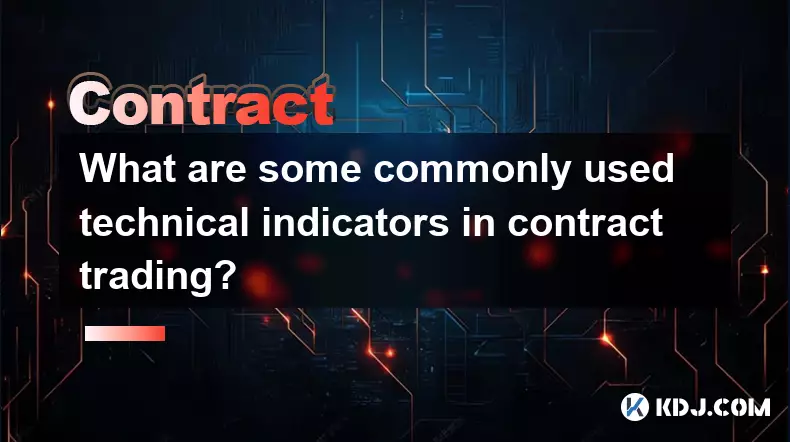
What are some commonly used technical indicators in contract trading?
Sep 19,2025 at 05:54pm
Popular Technical Indicators in Contract Trading1. Moving Averages (MA) are among the most widely adopted tools in contract trading. Traders use both ...
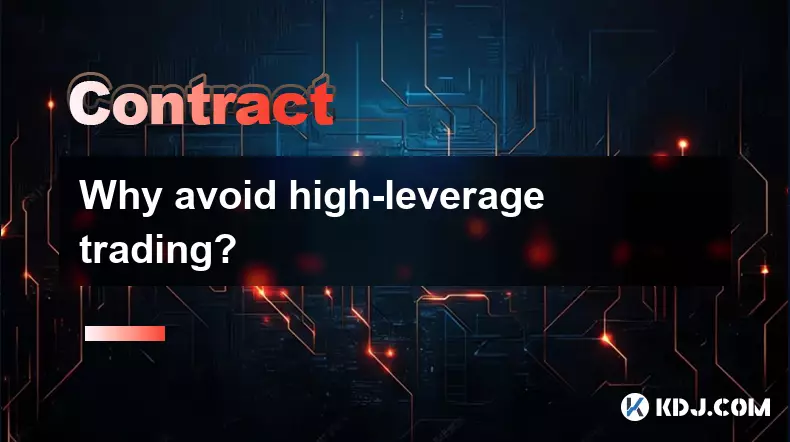
Why avoid high-leverage trading?
Sep 20,2025 at 04:00am
Understanding the Risks of High-Leverage Trading1. Leverage amplifies both gains and losses, making high-leverage positions extremely volatile. A smal...
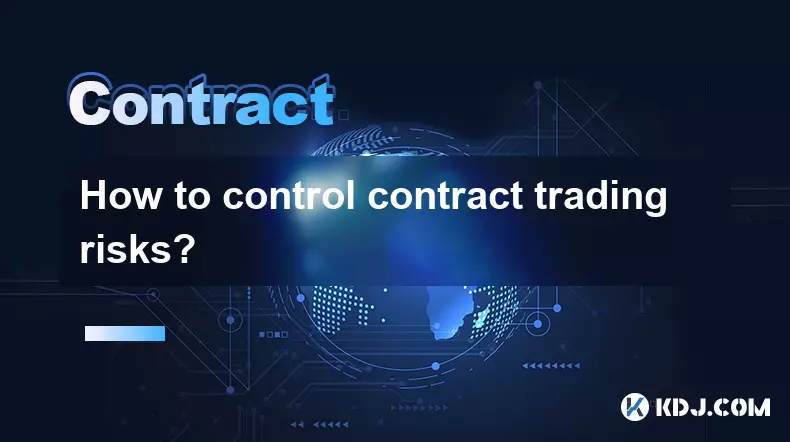
How to control contract trading risks?
Sep 20,2025 at 01:00pm
Risk Management Strategies in Contract Trading1. Set stop-loss orders for every position to automatically close trades when losses reach a predetermin...

What is the long-short position ratio?
Sep 18,2025 at 08:36pm
Understanding the Long-Short Position Ratio in Crypto TradingThe long-short position ratio is a key metric used by traders and analysts in the cryptoc...
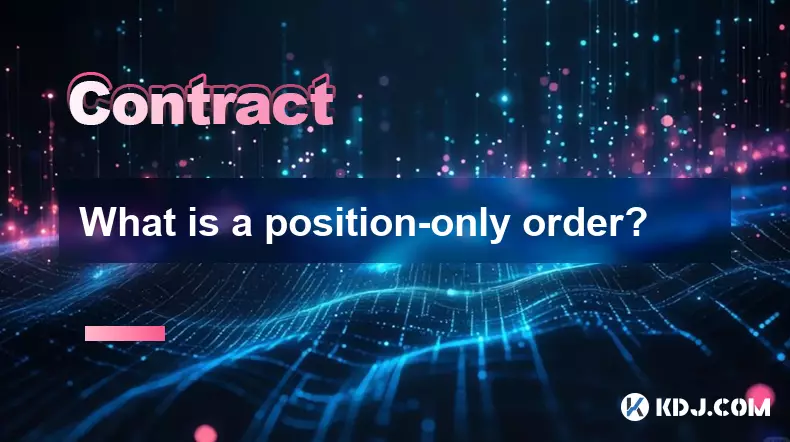
What is a position-only order?
Sep 19,2025 at 02:00pm
Decentralized Finance and Its Role in Modern Cryptocurrency Ecosystems1. Decentralized finance, commonly known as DeFi, has restructured how financial...
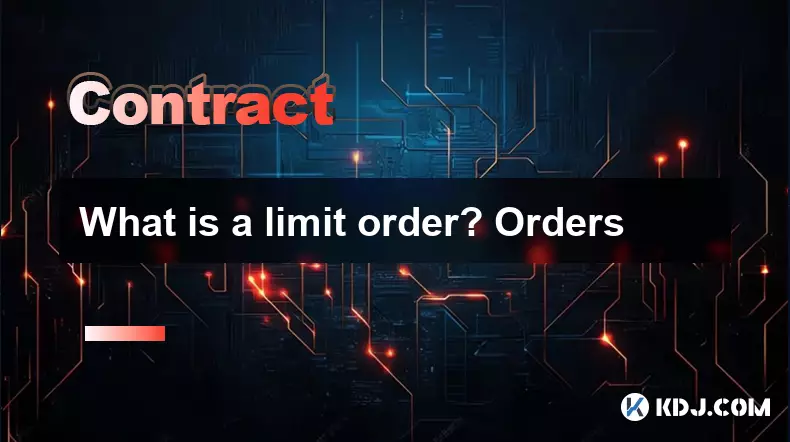
What is a limit order? Orders
Sep 19,2025 at 12:36am
Understanding Limit Orders in the Cryptocurrency Market1. A limit order is a type of trade instruction that allows traders to set a specific price at ...

What are some commonly used technical indicators in contract trading?
Sep 19,2025 at 05:54pm
Popular Technical Indicators in Contract Trading1. Moving Averages (MA) are among the most widely adopted tools in contract trading. Traders use both ...

Why avoid high-leverage trading?
Sep 20,2025 at 04:00am
Understanding the Risks of High-Leverage Trading1. Leverage amplifies both gains and losses, making high-leverage positions extremely volatile. A smal...

How to control contract trading risks?
Sep 20,2025 at 01:00pm
Risk Management Strategies in Contract Trading1. Set stop-loss orders for every position to automatically close trades when losses reach a predetermin...

What is the long-short position ratio?
Sep 18,2025 at 08:36pm
Understanding the Long-Short Position Ratio in Crypto TradingThe long-short position ratio is a key metric used by traders and analysts in the cryptoc...

What is a position-only order?
Sep 19,2025 at 02:00pm
Decentralized Finance and Its Role in Modern Cryptocurrency Ecosystems1. Decentralized finance, commonly known as DeFi, has restructured how financial...

What is a limit order? Orders
Sep 19,2025 at 12:36am
Understanding Limit Orders in the Cryptocurrency Market1. A limit order is a type of trade instruction that allows traders to set a specific price at ...
See all articles
























